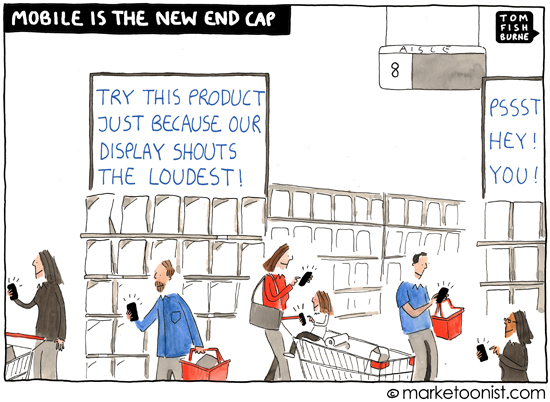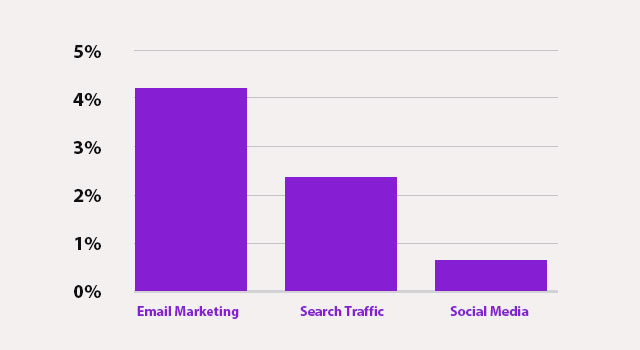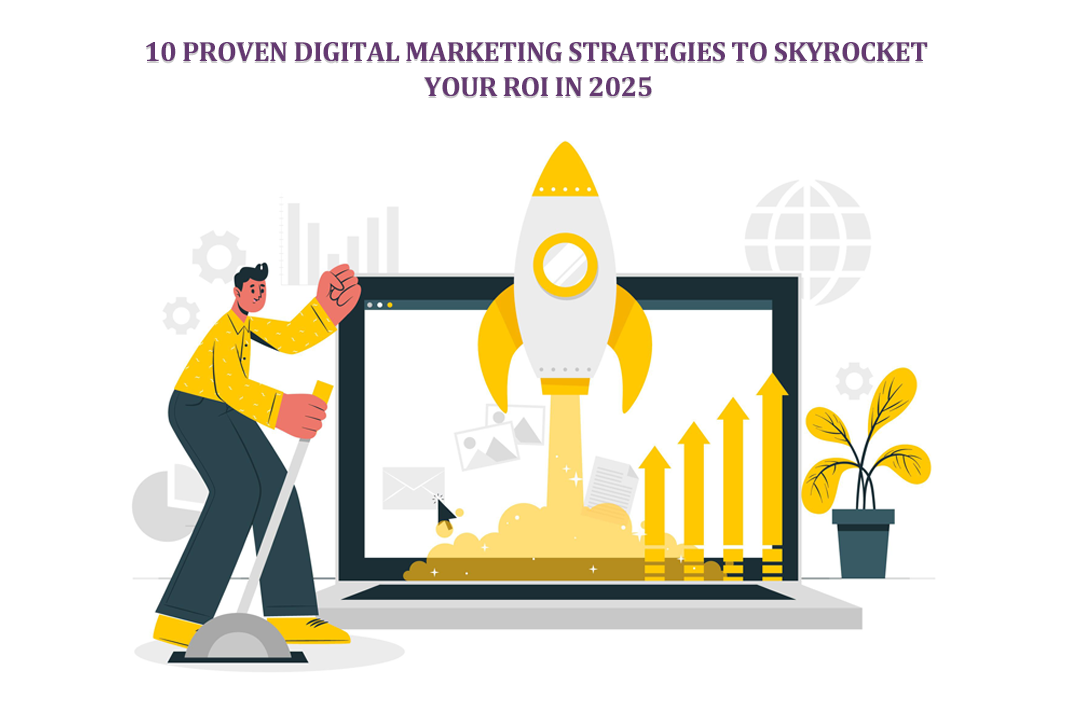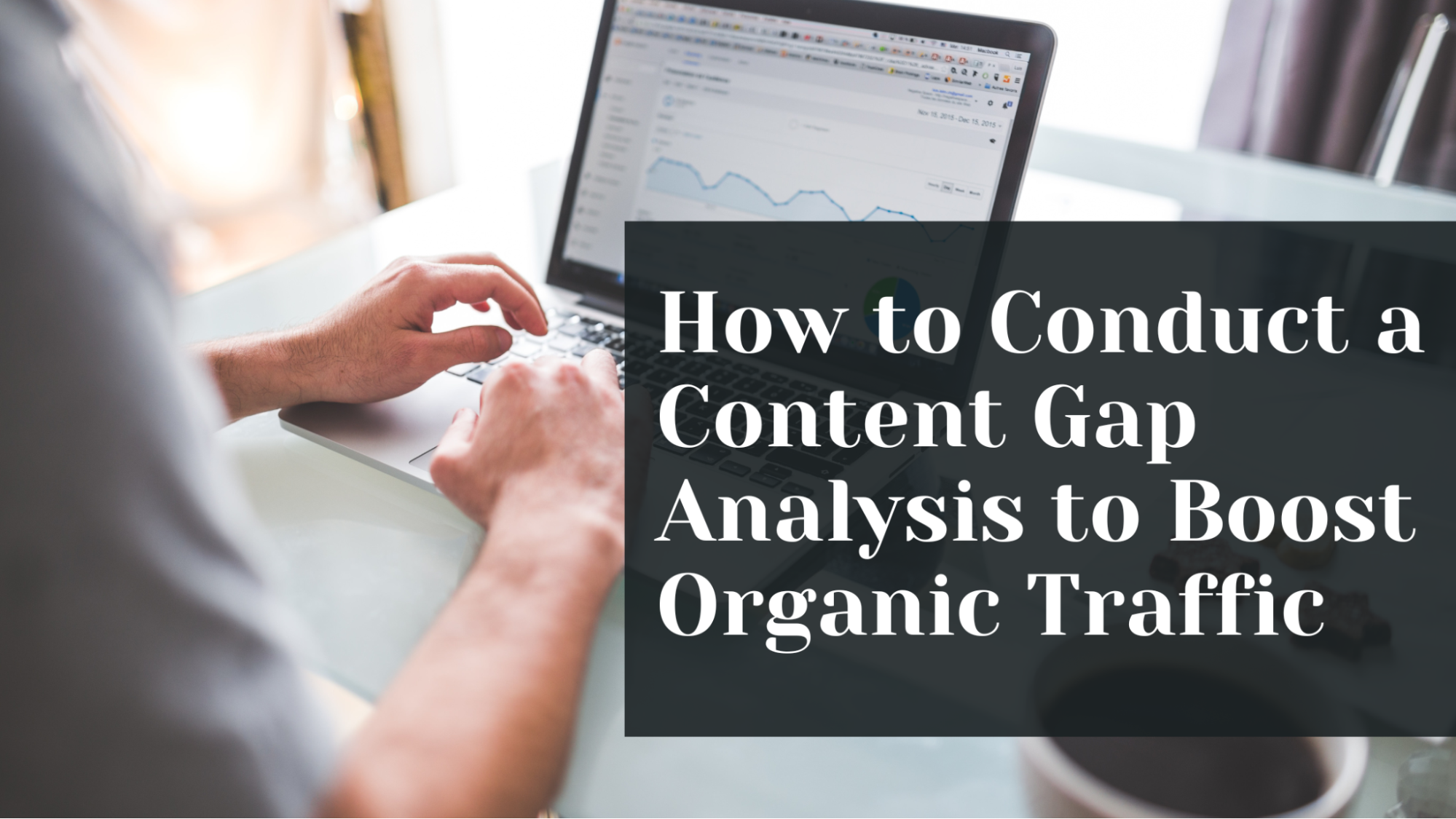Digging through the data: Key Email Marketing Metrics Every Marketer Must Know!
Keeping up with the ever-changing landscape of email marketing allows you to keep up with competitors, keep yourself ahead of the game, and be abreast of competitive opportunities. However, only with the data, you have in front of you can you truly understand what’s working best for your competitors.
Any excellent email marketing strategy is built on data. It’s what you use to decide who to reach out to and how, and the best marketers know that it takes a lot of time and effort to find, filter, and organize all that data into something actionable. So we’re here to help! In this post, we’ll be going over some critical email marketing metrics: ones that will help you measure your performance as an email marketer.
Key Email Marketing Metrics Every Marketer Must Know!
While marketers can’t claim to be data experts, we must have a working knowledge of the metrics that matter. Not only do these metrics give us insight into how our campaigns are performing, but they also help us determine what direction to take in the future. This section will cover key email marketing metrics every marketer must know and strategies for reaching or exceeding benchmarks across the industry.
Metrics To Measure Engagement And Performance
1. Open Rate
The open rate is the percentage of people who opened your email to the total number of people who received it.
Let’s take a closer look at three success variables that contribute to the open rate.
How to improve the open rate?
1. Personalize the sender name: By customizing your campaigns’ “From” name, you may give the impression that an email came from someone they know rather than a generic address. An example of this might be a company’s or individual’s name, or a combination of the two.
2. Add an intriguing subject line: The subject line is the first thing that will catch your readers’ attention, and if they find it interesting, they’ll open your email.
Keep in mind the following while writing subject lines:
- Try to keep it to around 50 characters.
- Consider using emojis, metaphors, alliteration, and analogies.
- Including a call to action in the subject line is a good idea.
- Determine the most appealing subject lines using A/B testing.
3. Pay attention to preview text: Use the preview text to explain to the reader what the email is about, why it’s essential, and back up your subject line.
2. Clickthrough Rate
In contrast, to open rate, clickthrough rate (CTR) counts how many individuals click on a link in an email. For example, if an email has a 1% CTR, it means 1% of your subscribers clicked on your link.

How to increase clickthrough rate (CTR)?
The clickthrough rate can be increased in several ways:
- Your subject line should be compelling.
- Make the email body more relevant and engaging.
- Links should be placed prominently in the email body.
- Add a clear call-to-action button that subscribers can click to continue.
- Your audience can be segmented, and the content you send to each category can be personalized accordingly.
- Use abandoned cart emails to persuade your customers to return to your site and finish their purchases.
- Make sure that your emails are compatible with both smartphones and desktops.
Note: CTR can vary significantly between email service providers. Some email marketing services pull CTR data directly into their system, and others rely on third-party software.
For example, CTR reports of popular email marketing tools like Mailchimp vary significantly compared to other ESPs. So you can check Mailchimp alternatives for more accurate reports.
3. Conversion Rate
Conversion rate is the percentage of how many people clicked on the link in the email and filled out a form or bought your product or service vs. how many people visit your website or your store. For example, if you have an e-commerce store and the conversion rate is 15%, it means 15 out of 100 people who visit your website will convert to buy your product.
How to improve conversion rate?
- Segment your email lists to send relevant content to your audiences.
- You can personalize the subject line, sender name, and engaging email body.
- Utilize the “double opt-in” method of obtaining consent.
- Automate your campaigns and leverage behavioral triggers to help you reach your goals more effectively.
- Design email campaigns that are mobile-friendly.

4. Unsubscribe Rate
The unsubscribe rate is calculated by dividing the number of people who unsubscribe from your email list by the number of people you’ve sent an email to during a specific time frame. Unsubscribe rates of less than 0.5% are considered good. If your unsubscribe rate is more than 0.5%, you’ve got some work to do.
How to reduce the unsubscribe rate?
Reduce the number of people that unsubscribe from your email list by using these five proven techniques:
- Implement a double opt-in strategy.
- Segment your list.
- Optimize for mobile devices.
- Allow your subscribers to set preferences.
- Discover how often you should send emails.
Metrics For Evaluating The Quality Of The Campaign
5. Bounce Rate
It is the percentage of individuals that visit a website and then leave before interacting with it. A high bounce rate means that people aren’t engaging with your content, and it’s crucial to figure out why that is.

Your bounce rate may be high if you don’t clean email lists and keep sending inactive/deleted email addresses.
Two types of bounces can be distinguished in general:
Soft bounce: A soft bounce occurs when the recipient’s server is down.
Hard bounce: A hard bounce occurs when an email address is invalid.
How to reduce bounce rate?
If your email campaign has a higher bounce rate than your conversion rate — which is likely since most people don’t convert after reading an email from you — you likely need to think about your forms, your copy, your CTAs, or the message you’re sending.
Moreover, to ensure high-quality email lists and decrease bounce rates, double opt-in is an excellent alternative to consider.
6. Spam Reports/Complaints

When someone flags your email as spam, it’s recorded as Spam Complaint. This means that your campaign contains links that send users to sites that violate Google’s spam policy. If your campaign includes links that violate this policy, you may be asked to remove the links or to add a no-follow attribute to the links.
You may prefer to overlook these instances, but spam concerns should be taken seriously as this will affect the deliverability rate. Even your ESP may take action against you and block your account if this rate rises too high, so keep an eye out for that and make sure your email copy meets the standards.
Metrics To Track Progression
7. List Growth Rate
The list growth rate is the rate at which your email list is expanding over time. This indicator allows you to monitor the growth of your subscriber list.
However, subscribers are not necessarily customers or users of your product. They could be only interested in your content and external promotion.
Inevitably, you’ll lose some subscribers, so look for ways to keep them engaged. Moreover, your email marketing efforts will be more successful if you maintain a healthy subscriber list growth rate.
How to maintain a healthy list growth rate?
In case you haven’t been working on improving your email list growth rate, or if you’ve run out of ideas, here are five simple strategies to improve your email list:
- Send emails with original and relevant email content.
- Encourage your subscribers to share your emails.
- Segment your email lists on demographics, purchase history, email activity, customer subscription, and more.
- Kickstart with an opt-in campaign to get new subscribers.
- Add an opt-in link in the email.
8. Email Sharing Rate
The percentage of email subscribers who choose to share email content on social networks by clicking on the “share this” button.
This metric is helpful since it offers you a sense of how many brand enthusiasts you have. It also shows how many subscribers recommend your emails to others. The greater this percentage is, the more shareable your content is, and vice versa.
Metrics To Measure The Overall Performance Of The Campaign
9. Return On Investment(ROI)
This is the overall return on investment for your email campaign. In other words, the total revenue is divided by the total expenditure. Moreover, email marketing has a high ROI, which makes it a very effective marketing strategy. (see chart below).

Wrap Up
There are many useful metrics to track, but these nine are the most important for email marketers. If you have trouble measuring your emails’ effectiveness, start by tracking these key metrics and see if they can get you closer to achieving your organization’s marketing goals.
We hope you’ve found this post useful. If so, we would appreciate your help in sharing it with others who may benefit from the insights shared here.
Author Bio

Janani is a Content Writer at TargetBay, an Ecommerce Marketing Cloud used by thousands of online stores across the globe. When she isn’t writing, she can be found riding the Metro and enjoy trying new local foods.
How a Mini Cart Transformed My Store’s Shopping Experience
Okay, real talk—running an online store is hard. You think you’ve got everything figured out, you…
0 Comments9 Minutes
Balancing Your Security Initiatives With Industry Compliance Requirements
Managing a business today comes with a number of daily battles that need to be fought. Resources…
0 Comments11 Minutes
Best plugins to enhance the customer shopping experience
Customer experience is a key part of every online store. A good experience helps customers find…
0 Comments7 Minutes
AI Content Generating Tools: Is It A Collaboration or Competition For Content Creators?
Artificial Intelligence (AI) has created waves in content creation in business verticals. From…
0 Comments13 Minutes
How to boost user engagement and conversion in WooCommerce?
One thing that is not changing today or in the coming future is the impact user engagement has on…
0 Comments9 Minutes
10 Proven Digital Marketing Strategies to Skyrocket Your ROI in 2025
Why do some companies have a more robust online presence than others? Marketers know very well…
0 Comments12 Minutes
Why Is Woocommerce Suitable For Small Businesses?
Are you finding yourself more confused than usual when choosing your online business’s platform?…
0 Comments8 Minutes
How to Conduct a Content Gap Analysis to Boost Organic Traffic
Your website is not getting enough organic traffic because you are missing out on valuable content…
0 Comments12 Minutes








